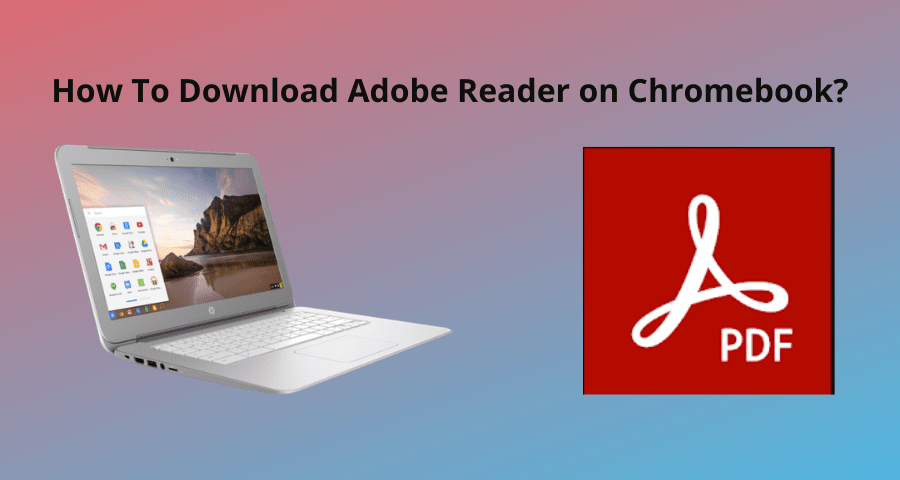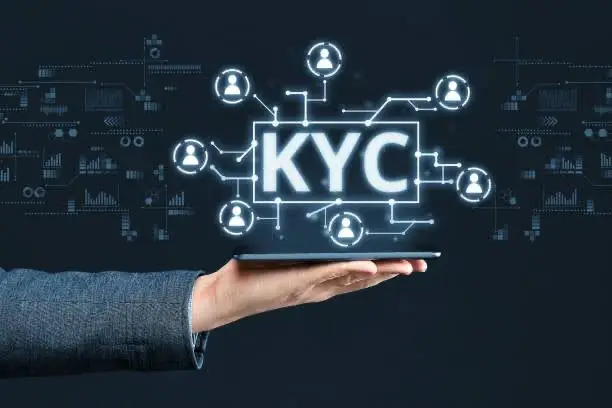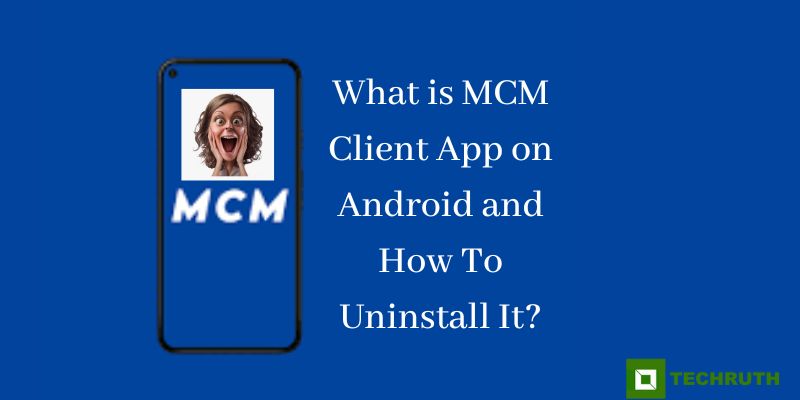Thanks to the technology behind cloud computing, businesses can now opt for technical services that can help them focus on other essential things instead. Though the cloud computing umbrella covers other services, Platform-as-a-Service (PaaS) is one that has simplified many processes. While there are two other main service models in the cloud computing field, PaaS is especially notable as it offers a more efficient and faster method for businesses to create and manage apps.
More specifically, PaaS allows developers to build programs using the infrastructure of the platform. Because the infrastructure is already there, there is no need for developers to think about data management, storage, and service. Because these things are already available, businesses or developers can build applications without having to start from scratch completely.
Those who are already familiar with cloud computing “as-a-Service” may wonder how PaaS differs from both Infrastructure-as-a-Service (IaaS) and Software-as-a-Service (SaaS) Considering how these two models sound, it may be confusing to grasp the difference between SaaS vs IaaS vs PaaS.
Though they are all grounded in the cloud, they are starkly different from each other. IaaS allows organizations to handle the resources of their business within the cloud by offering options such as data servers, storage, and networks. SaaS, on the other hand, offers web-based applications directly to consumers. Like PaaS, these two services have also directly helped meet the needs of businesses and consumers.
However, unlike the other two, PaaS allows businesses to access software and hardware support and tools through a third-party provider.
Here are some of the best ways PaaS is used in business to help you better understand the technology.
- Toyota Connected: AWS Lambda
- Deloitte Consulting LLP: IBM Cloud
- Zoom: Oracle Cloud Platform
- Center for Victims and Human Rights (CVHR): ZOHO Creator
Toyota Connected
Toyota Connected, the frontrunner of Toyota’s embarkment towards becoming a mobility service firm, launched the Toyota Mobility Service Platform (MBSF) with the help of Amazon Web Services. The partnership between the two is not shocking considering how they are both household names in their own turfs.
However, what several people don’t know is that Toyota Connected actually used AWS Lambda, the official PaaS arm of Amazon. More specifically, AWS Lambda is a cloud computing service that runs without a server and allows businesses to run their code without needing to provide or handle servers. This means that, because of AWS Lambda, the MBSF was running without being backed up by a server.
Because of the serverless nature of AWS Lambda, Toyota Connected was freed from the need to manage servers. AWS Lambda also enabled Toyota Connected to inherently scale up further.
Deloitte Consulting LLP
Technology leader Deloitte is known to help businesses and professionals across the world with services such as consulting, audit, financial advisory, tax, and other related services. Deloitte Consulting, a subsidiary of the company, specifically noticed how healthcare agencies could use some help in dealing with new regulations and the challenges that come with modernization. Hence, they used IBM Cloud’s solutions to come up with their Medicaid Enterprise Solution (MES) HealthInteractive Platform.
Through this platform, affiliated healthcare agencies were assisted in meeting guidelines and adapting to a modular method of doing enterprise IT. With the architecture behind the MES in place, the programs are capable of staying updated with minimal effort and expense. The platform has also allowed agencies to exchange information faster through modules, making information access and even reporting quicker and easier.

Though Zoom was already prominent before the global health crisis happened, its traffic skyrocketed in 2020. From 10 million participants in December 2019, the daily tally of Zoom’s meeting participants reached a peak of 300 million in April 2020. Because of this surge, Zoom was forced to scale up and upgrade its platform.
Zoom used the Oracle Cloud Platform to tweak its system. With the help of the cloud infrastructure of Oracle, hundreds of thousands of participants were supported simultaneously. Thanks to the infrastructure that Zoom availed of, the videoconferencing platform was able to match up with the growing numbers.
Center for Victims and Human Rights (CVHR)
This Indianapolis-based non-profit had a mission to offer financial and legal assistance to those who have suffered domestic violence within the country. The organization mainly used simple spreadsheets to handle their data, but they later realized that such spreadsheets were not enough to deal with large amounts of disorganized information.
CVHR then tried out Zoho’s PaaS—Zoho Creator. With Zoho Creator, CVHR was able to create different apps for its organizational processes. Through these apps, the organization was able to maintain data consistency (regardless of who recorded the information), adjust the settings of the apps, limit information access, and speedily retrieve important information.
Conclusion
While there are other ways to get an application or software done, opting for cloud-based PaaS services has evidently helped many esteemed firms and organizations. This doesn’t mean that custom software development or mobile app development is not a good option, but it just shows that PaaS has become an efficient and cost-effective app development alternative.
Rather than starting from scratch or completely outsourcing the work, businesses can try availing themselves of PaaS to build their own software instead. This way, they need not think about the servers, infrastructure, architecture, and other technicalities behind the development. Businesses can lean on the existing infrastructure and just focus on other essentials instead.







